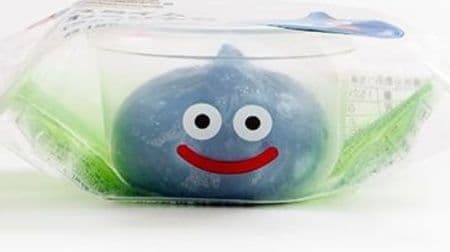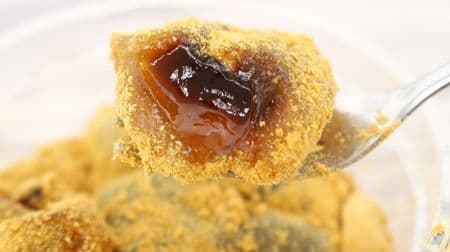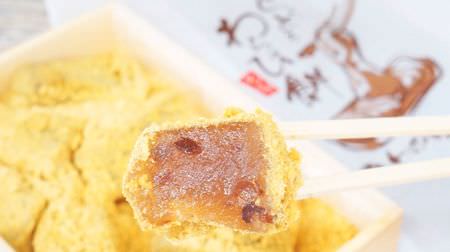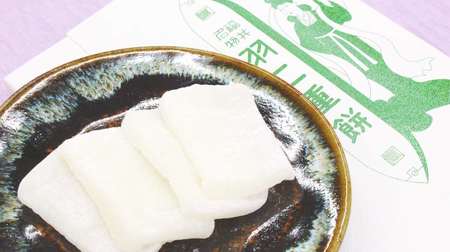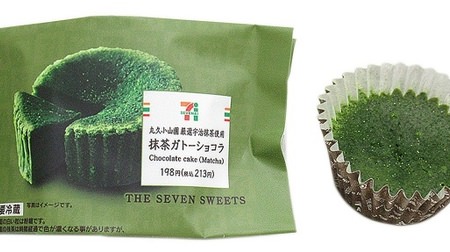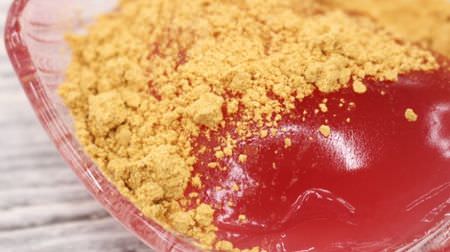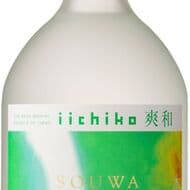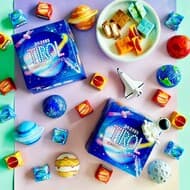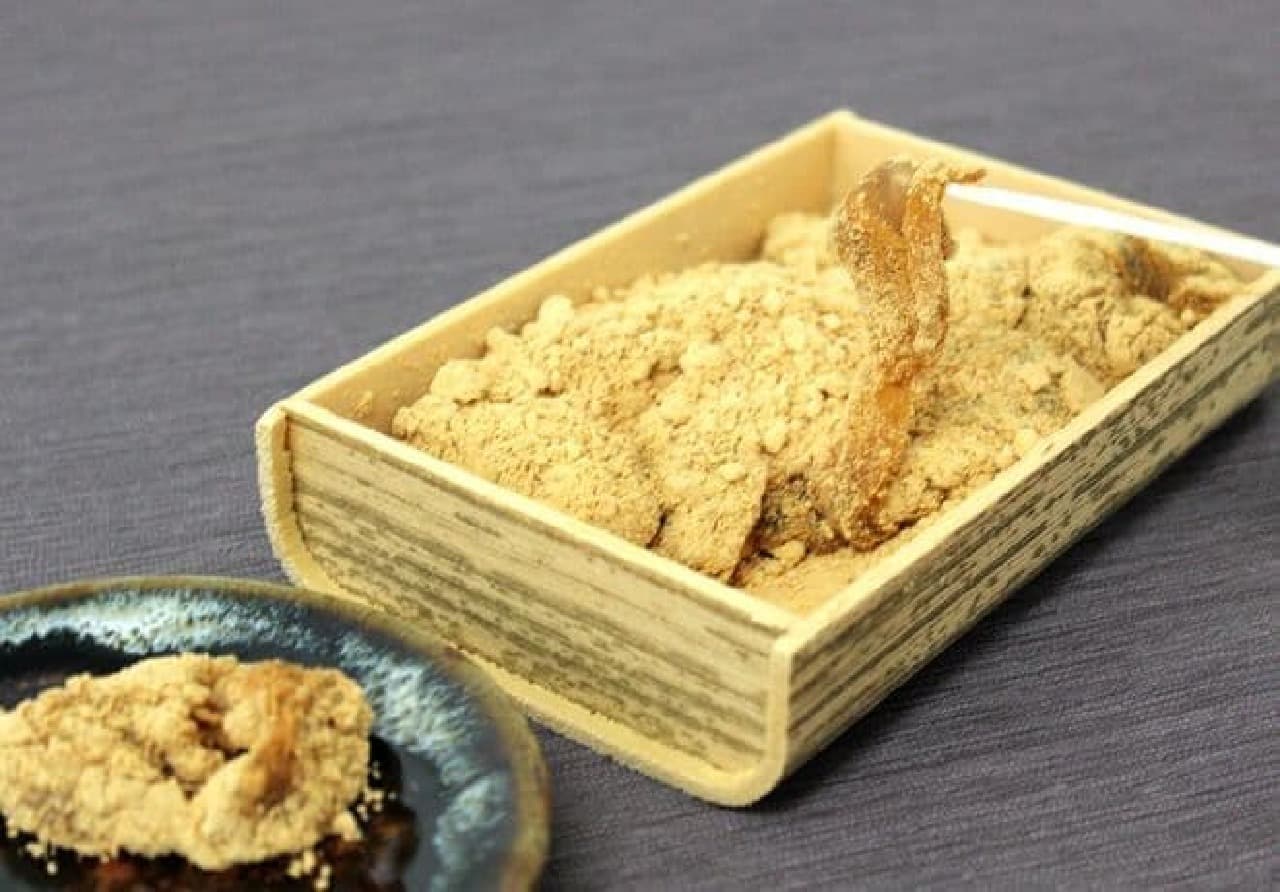
Is it soy sauce or sauce to fried egg? Is it ketchup or mayonnaise for French fries? Whether to add mustard to natto or not. Even the same food is eaten differently depending on the person. So what about warabi mochi? Are you a group that sprinkles black honey on warabi mochi? Or is it a group that doesn't call?
There are two main ways to eat warabi mochi: the "unsatisfactory without sprinkling black honey" group and the "black honey is a jado! Warabi mochi is eaten only with kinako". This difference seems to be influenced by the place of origin.
Born in Tokyo and raised in Tokyo, I (the author) is by far the "group who sprinkles black honey." I don't understand the feelings of the people who eat only with kinako. So, I actually went to eat the exquisite warabi mochi from "Miyabian" in Nakameguro! Can I really understand the deliciousness of warabi mochi that I eat only with kinako?
■ Nakameguro "Miyabian"
"Masaan" is a Japanese sweets shop located in a corner of a residential area. Its simple exterior creates a calm atmosphere.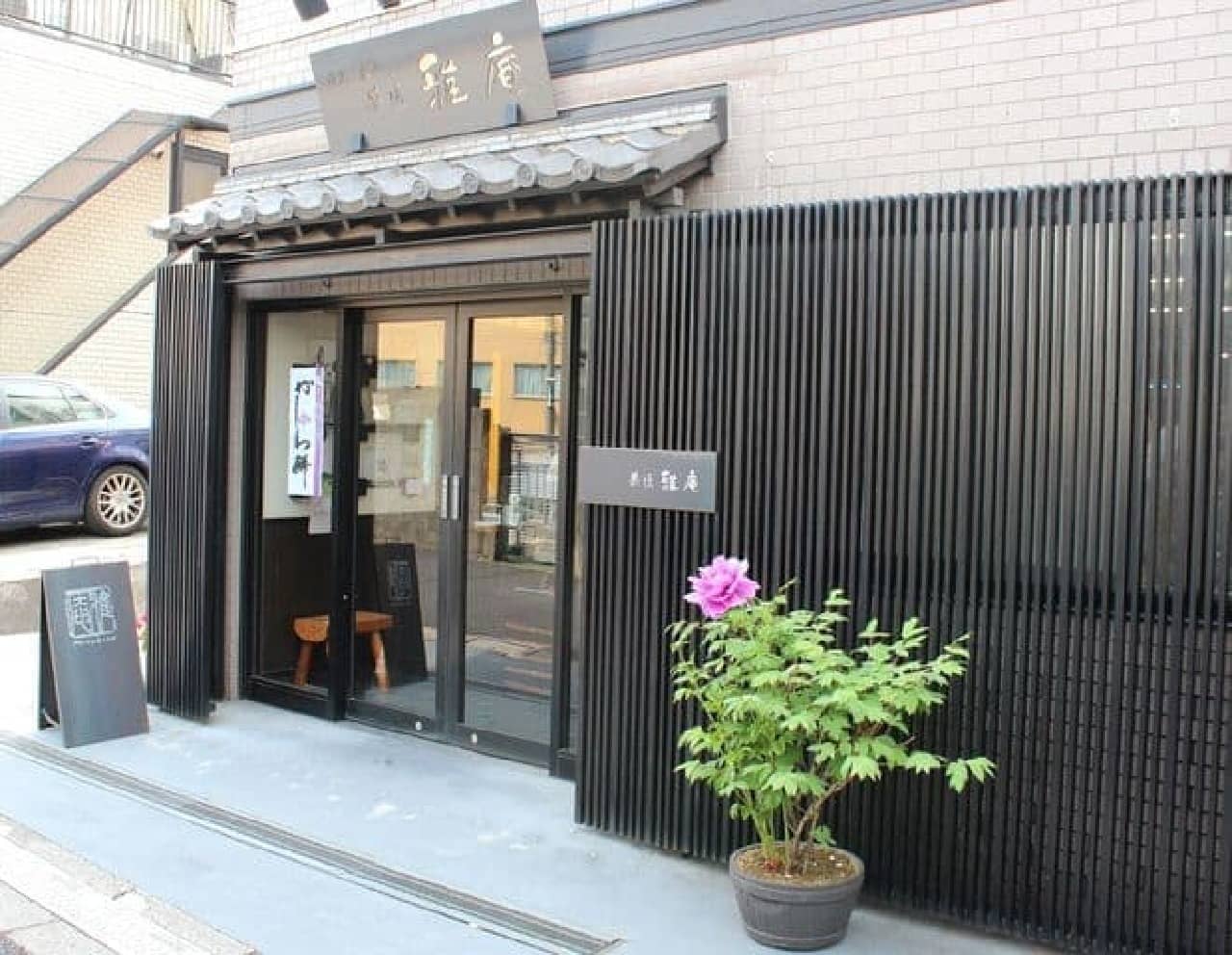

Immediately after entering the store, you will see medals and shields related to Japanese sweets lined up next to the cash register. All of these were awarded by the owner, Mr. Minagawa. Mr. Minagawa says that it has been about 25 years since he started training in Japanese sweets.


■ What is the secret that you don't need black honey? ??
Warabimochi at this shop is a warabimochi that you can enjoy only with kinako. It features a smooth, fluffy warabi mochi that is "kneaded to the utmost softness" and plenty of kinako.

■ Warabimochi that melts softly
Warabimochi has a perfect balance of softness and chewyness. These two textures create a unique smoothness that makes it stick and melt. It has a chewy texture, but when you press it with your tongue, it breaks off and melts smoothly. Warabimochi, which has a habit of natural sweetness and texture, is smooth enough for the catch phrase, "Kneaded to the utmost softness."
The decisive factor for the smoothness and softness of warabi mochi is the "kneading" of the mochi. Only the owner, Mr. Minagawa, and another craftsman can achieve this adjustment. It seems that the trick of kneading is a corporate secret.
■ No need for black honey! Discerning Kinako
Kinako has a sweetness with the aroma of kinako and a slight saltiness. It is packed in a box, and the fragrant scent that spreads softly the moment you open the lid is irresistible. Natural soybeans, which are the raw material for kinako, have different tastes and colors every year, so we adjust the composition by considering the balance of color, flavor, and taste for each season so that we can always provide kinako of the same quality. Some customers eat the surplus over baked rice cakes or mix it with yogurt.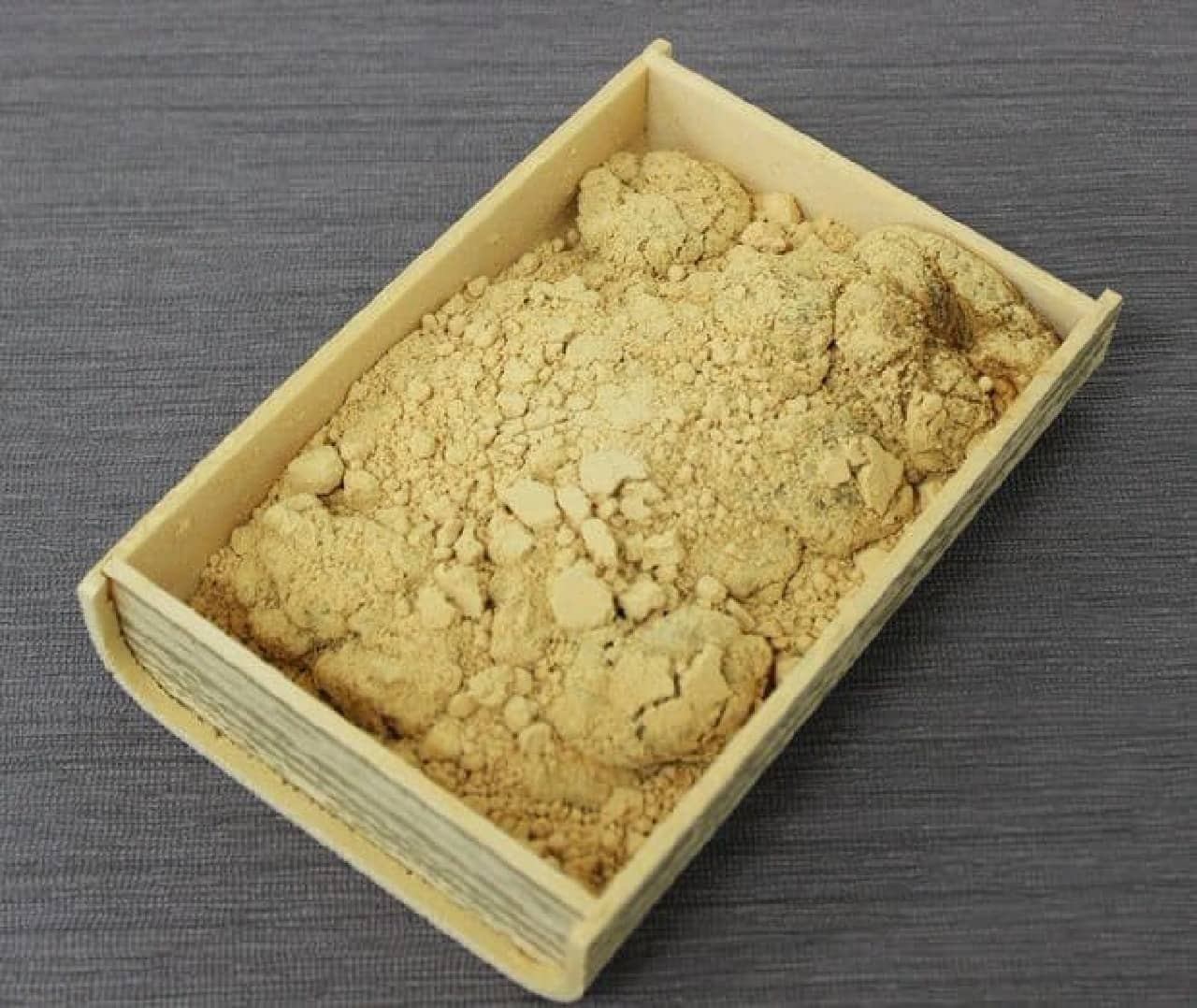
Warabimochi is a sweet that originated in Kyoto. Mr. Minagawa's master trained in Kansai and inherited the method of making warabi mochi. In Kansai, it is the mainstream to eat warabi mochi only with kinako. This was the secret of "warabimochi that doesn't need black honey".
By the way, in the Kanto region, "Kuzumochi" born in Edo is more familiar than "Warabimochi", and it is thought that the influence of Kuzumochi is that there are many styles of sprinkling black honey in the Kanto region.
Warabimochi from Yaan has a perfect balance of the melting sweetness of the mochi and the flavor of this mochi, which makes you want to keep it in your mouth. Maybe what I've eaten so far was "Kuromitsu mochi" rather than warabi mochi ... The price is 680 yen (excluding tax) per fold.
■ Kashiwa mochi with a best-by date of "1 day"
"Masaan" is not just a shop for warabi mochi. There are other Japanese sweets that I would like to recommend. When you visit "Masaan" during Golden Week, you should definitely pick up Kashiwamochi, which is a limited-time product. This Kashiwa mochi has a best-by date of 1 day ! It doesn't use any additives, so it will harden the next day. The bean paste is carefully wrapped in a rice cake made from finely-divided raw rice (uruchi rice) called "raw new powder" that has just been ground. There are three types of bean paste: strain, grain, and miso.
◆ "Koshi" of bean paste that has been carefully rubbed
First of all, from "Koshi" with Koshigyo. The bean paste is cooked using high-quality red beans grown in the Tokachi Plain, Hokkaido, and the finest sugar with high purity, so the texture is smooth! The chewy and elastic mochi has a faint scent of rice and goes well with the bean paste.
◆ Kaoru mugwort flavor "grain"
"Grain" made from domestically produced early-picked sprout mugwort is a rice cake with the flavor of mugwort stuffed with azuki bean that retains the texture of azuki beans. The more you chew, the more the scent of mugwort spreads in your mouth. If you like mugwort, don't hesitate to choose this item. 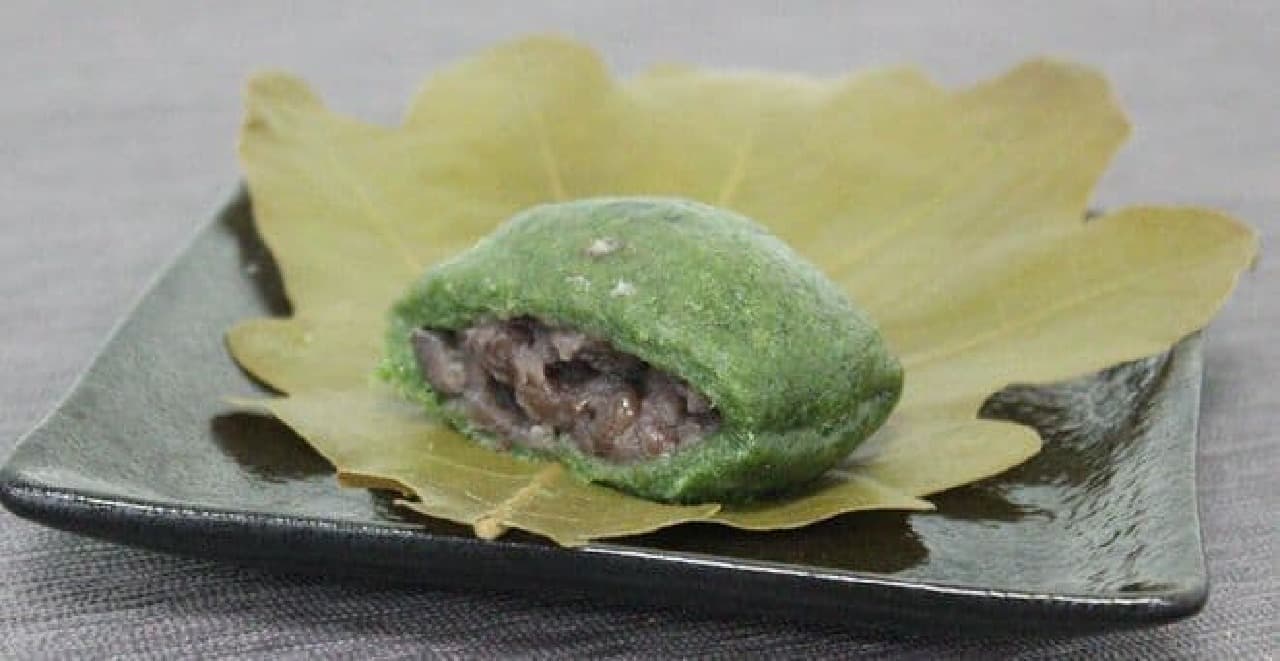
◆ "Miso" using white miso from Kyoto
Miso, which is a light pink rice cake filled with white miso paste, has an exquisite sweetness and saltiness. Miso uses "Kyoshiro Miso" ordered from Kyoto.
Kashiwamochi is a limited-time product that matches the Tango no Sekku and is scheduled to be on sale until around May 10. The price is 190 yen (excluding tax) per piece. At GW, it may be a good idea to spend a relaxing time with a little luxurious warabi mochi that you can enjoy only with kinako and kashiwa mochi that has a one-day expiration date. Business hours are from 10:00 to 18:00 on weekdays (10:00 to 17:00 on Sundays). It seems that it is open all the time during Golden Week.
Address:1-13-4 Higashiyama, Meguro-ku, Tokyo
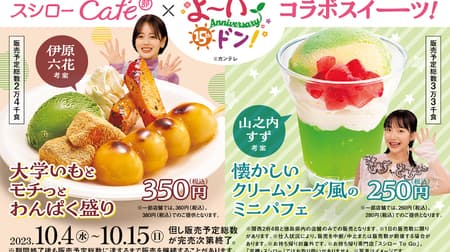
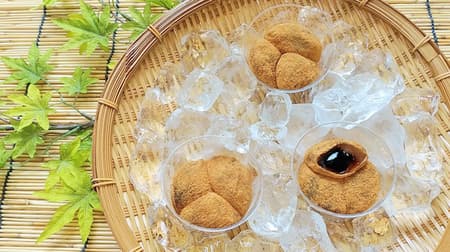
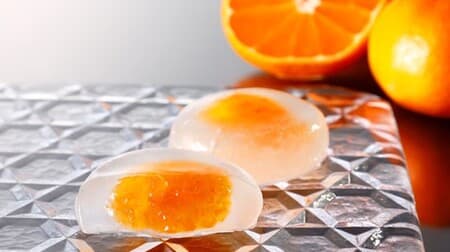

![[Comparison of eating] "Slime Warabimochi" "Slime Beth Warabimochi" "Metal Slime Warabimochi" Lawson Limited You can also add citrus and sesame seeds to Ramune!](https://image.entabe.jp/upload/articles/28502/d4f49eb5686686249e66f1d3e29ea475_special.JPG)
